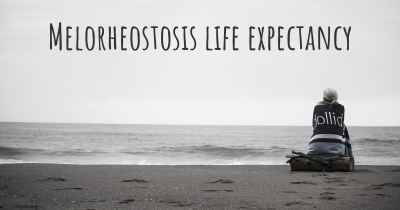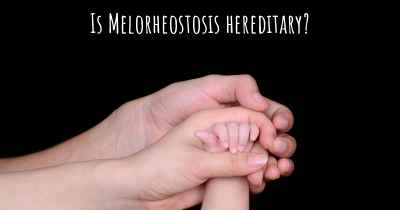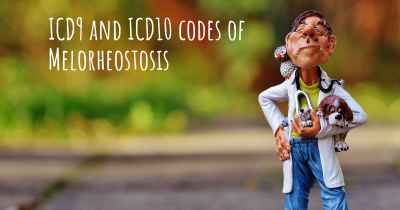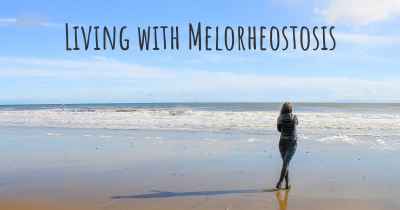How is Melorheostosis diagnosed?
See how Melorheostosis is diagnosed. Which specialists are essential to meet, what tests are needed and other useful information for the diagnosis of Melorheostosis
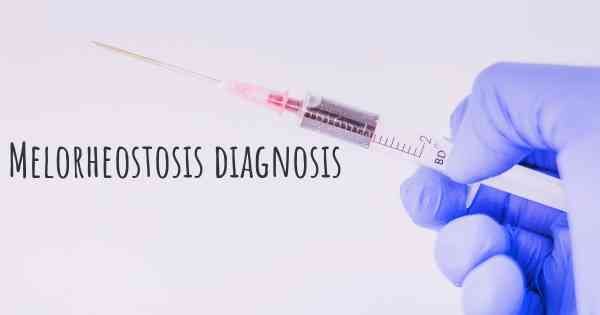
Melorheostosis is a rare bone disorder characterized by abnormal growth of the outer layer of bone, known as the cortex. This condition primarily affects the long bones of the limbs, but it can also involve other bones such as the skull, spine, and pelvis. Melorheostosis is typically diagnosed through a combination of clinical evaluation, imaging studies, and histopathological examination.
Clinical Evaluation:
During a clinical evaluation, a healthcare professional will review the patient's medical history and perform a physical examination. They will assess the presence of characteristic signs and symptoms associated with melorheostosis, such as bone pain, joint stiffness, limb deformities, and limited range of motion. The doctor may also inquire about any family history of similar bone disorders.
Imaging Studies:
Imaging studies play a crucial role in diagnosing melorheostosis. X-rays are commonly used as an initial imaging modality to evaluate the affected bones. X-ray images can reveal the classic "dripping candle wax" appearance, which is a hallmark of melorheostosis. This appearance is caused by the thickening and irregularity of the cortical bone.
In addition to X-rays, other imaging techniques such as computed tomography (CT) scans and magnetic resonance imaging (MRI) may be employed to provide more detailed information. CT scans can help visualize the extent and distribution of the cortical bone abnormalities, while MRI scans can assess the involvement of soft tissues, joints, and nerves.
Histopathological Examination:
In some cases, a histopathological examination may be necessary to confirm the diagnosis of melorheostosis. This involves obtaining a small sample of affected bone tissue through a biopsy procedure. The sample is then examined under a microscope by a pathologist to identify the characteristic changes associated with melorheostosis, such as thickened cortical bone with abnormal trabeculae.
Differential Diagnosis:
It is important to differentiate melorheostosis from other bone disorders that may present with similar symptoms or radiographic findings. Conditions such as osteopoikilosis, osteopathia striata with cranial sclerosis, and osteoma cutis can resemble melorheostosis. Genetic testing and further evaluation may be necessary to rule out these conditions.
Conclusion:
In summary, the diagnosis of melorheostosis involves a comprehensive approach that includes clinical evaluation, imaging studies, and histopathological examination. X-rays are often the initial imaging modality, but CT scans and MRI scans may be required for a more detailed assessment. In some cases, a biopsy may be performed to confirm the diagnosis. It is crucial to differentiate melorheostosis from other similar bone disorders to ensure appropriate management and treatment.
Posted Feb 3, 2020 by Abby Ellender 1300
